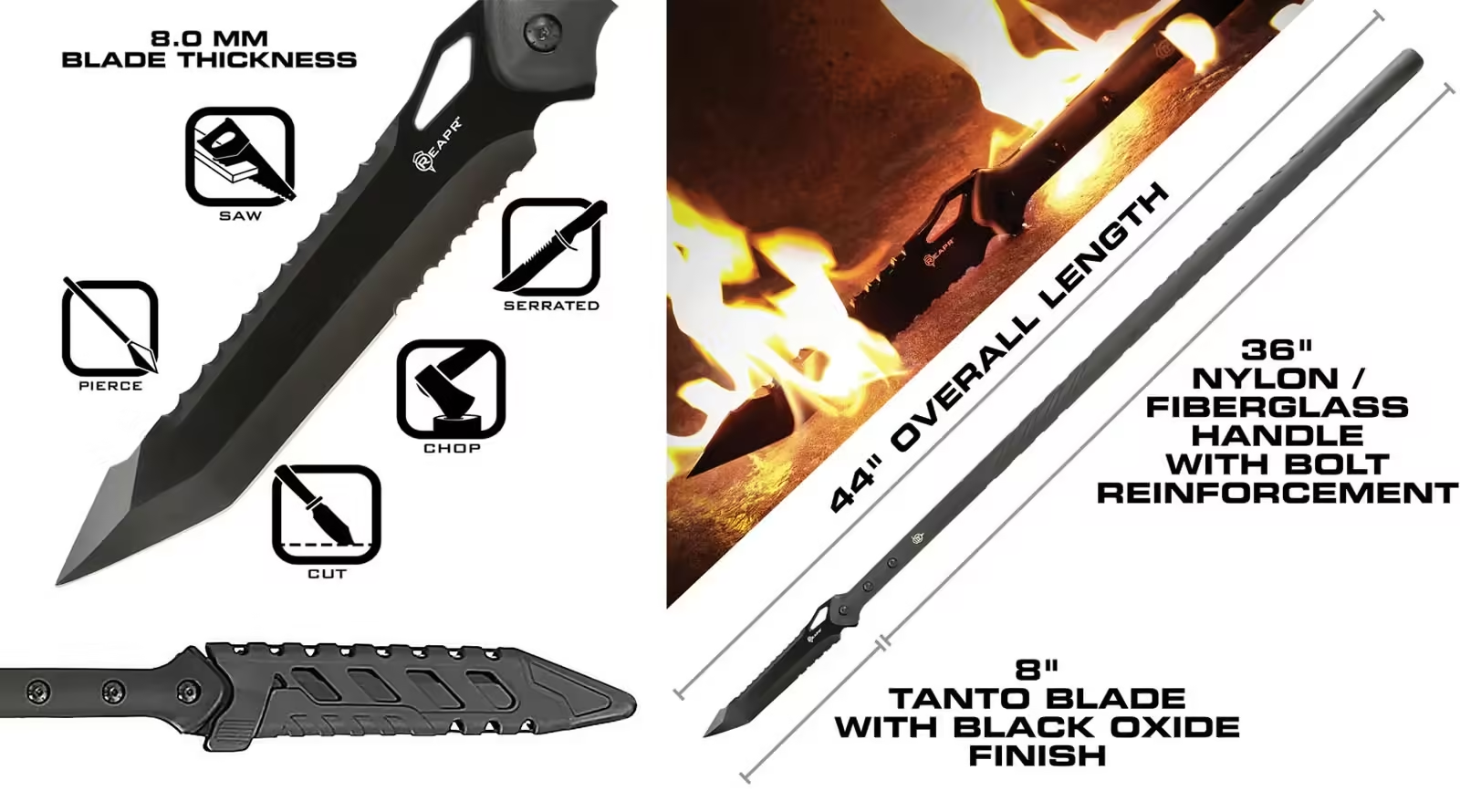The call of the wilderness beckons to many adventurous souls, enticing them to explore the untamed beauty of the great outdoors. While these adventures can be exhilarating and transformative, they also carry inherent risks. To prepare for the unexpected and ensure your safety while exploring the wilderness, it’s crucial to have a well-thought-out wilderness survival kit.
When it comes to survival gear, from a prepper or even tactical home defense perspective, the “best” gear is often a matter of individual needs, preferences, and the specific con of your outdoor adventure and survival needs. However, there are several key pieces of gear that can significantly increase your odds of survival and comfort in the wilderness.
In this article, we’ll guide you through the essential gear and considerations for building your own pack of survival kit.
The Purpose of a Wilderness Survival Kit
A wilderness survival kit is a collection of tools and supplies designed to help you endure and navigate challenging outdoor situations. Whether you’re on a day hike, a backpacking trip, or an extended expedition, a well-equipped survival kit can mean the difference between comfort and catastrophe in the wild.
Core Components of a Wilderness Survival Kit
- Shelter
Chose compact emergency shelter, such as a Mylar space blanket or an ultralight tarp. This provides protection from the elements, helps retain body heat, and can serve as a signaling device.
Lightweight tent or bivy sack (for longer trips): Offers a more comfortable and secure shelter.
- Fire-Making Tools:
Opt for a high-quality, compact fire starter like a ferrocerium rod or waterproof matches. Fire provides warmth, a means of signaling for help, and the ability to cook food and purify water..
Firewood and tinder: Gathered from the environment or included in your kit.
- Water Procurement and Purification:
Water filter or purification tablets: Safe supply of clean drinking water is crucial for survival. A water filter or purification tablets allow you to make safe drinking water from natural sources, reducing the risk of waterborne illnesses.
Lightweight collapsible water container: For storing and carrying water.
- Navigation and Signaling:
Map and compass: Help you find your way.
Whistle and signaling mirror: These simple tools can help you attract attention and signal for help over long distances for emergency communication.
GPS device (optional): Provides precise location information, help you find your way in unfamiliar terrain, reducing the risk of getting lost.
- First Aid Kit:
Bandages, antiseptic wipes, adhesive tape, and sterile gauze: For treating injuries and wounds.
Medications (personalized): Address allergies, pain relief, and other specific needs.
Tweezers, scissors, and a thermometer: Useful tools for medical care.
- Multi-Tool and/or Knife or Hatchet:
A high-quality multi-tool or knife is a versatile and indispensable tool. It can be used for cutting, chopping, food preparation, making tools, and even self-defense if necessary. Choose a quality, fixed-blade knife that can handle a variety of tasks.
- Food and Cooking Gear:
High-energy, non-perishable snacks like energy bars and jerky.
Compact camp stove and fuel canister: For cooking meals and boiling water.
- Illumination:
Headlamp or flashlight with solar rechargable spare batteries: Essential for navigating, signal for help, or perform tasks after dark.
- Clothing and Insulation:
Extra clothing layers suitable for the environment, including a hat and gloves.
Lightweight emergency blanket or sleeping bag liner: Adds warmth and insulation in colder weather.
- Communication:
A fully charged cell phone with a portable charger or solar charger can be a lifeline for emergency communication, as well as accessing maps and navigation apps..
Two-way radio (optional): Useful for group communication in remote areas without cellular signal.
- Whistle and Signaling Mirror:
These simple tools can help you attract attention and signal for help over long distances.
- Cordage and Repair Kits:
Paracord or nylon cordage is invaluable for various tasks, from setting up shelters to repairing gear.
- Hygiene Items:
Basic hygiene items such as soap, hand sanitizer, and a small towel help maintain cleanliness and reduce the risk of infection in the field.
Additional Considerations
Personal Medications: If you have specific medical conditions, ensure you have an adequate supply of necessary medications in your kit.
Documentation: Copies of important documents such as ID, insurance, and emergency contacts stored in a waterproof container.
Local Knowledge: Familiarize yourself with the environment you’ll be exploring, including local wildlife, weather patterns, and potential hazards.
Training: Acquire the skills needed to use the items in your survival kit effectively. Knowledge of first aid, navigation, and fire-making is essential.
Regular Maintenance: Periodically check and replenish your survival kit to ensure that items are in working order and supplies are not expired.
Accessibility: Keep your survival kit within easy reach, either in a dedicated pouch on your backpack or in a separate pouch you carry with you.
Entertainment and Mental Well-Being: Carrying a book, journal, or small entertainment items can boost morale and mental well-being during extended stays in the wilderness.
Pack Weight: Balance the contents of your survival kit with the weight you can comfortably carry. Prioritize items based on the specific conditions of your trip. Adventurers should travel light and efficiently by embrace minimalist camping by packing only what is necessary. Invest in lightweight, compact equipment designed for backpacking and camping. Reducing the weight and clutter of your gear allows you to be more mobile and self-sufficient.
In conclusion, a well-prepared wilderness survival kit is your lifeline when venturing into the great outdoors. The best wilderness gear is not just about owning high-quality equipment but also knowing how to use it effectively. It provides peace of mind, knowing that you have the tools and supplies to handle unexpected challenges and emergencies. Additionally, it’s essential to tailor your gear selection to the specific environment and duration of your trip. However, remember that the best survival tool you possess is your knowledge and resourcefulness. Equip yourself with the skills to use your survival kit effectively, and you’ll be well-prepared for your wilderness adventures.





